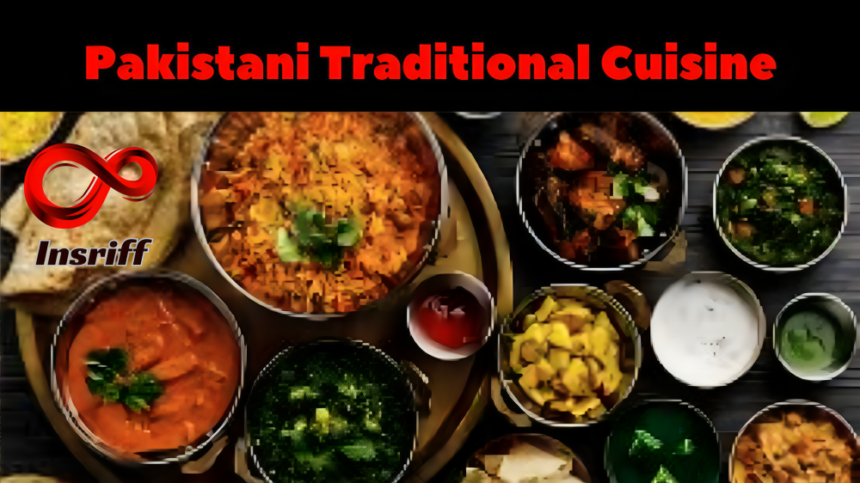Pakistan, a nation marked by cultural diversity and historical disputes, presents a challenge in selecting a national dish. Its culinary heritage directly reflects Indo-Aryan, Iranian and Muslim traditions, resulting in a rich tapestry of flavors and cooking styles. Pakistani Traditional Cuisine is a fusion of regional cuisines from South, Central, and Western Asia.
The spicy and aromatic dishes are also classified according to meal time like breakfast, lunch and dinner. If you plan to visit Pakistan you should must try these traditional foods:
Biryani:
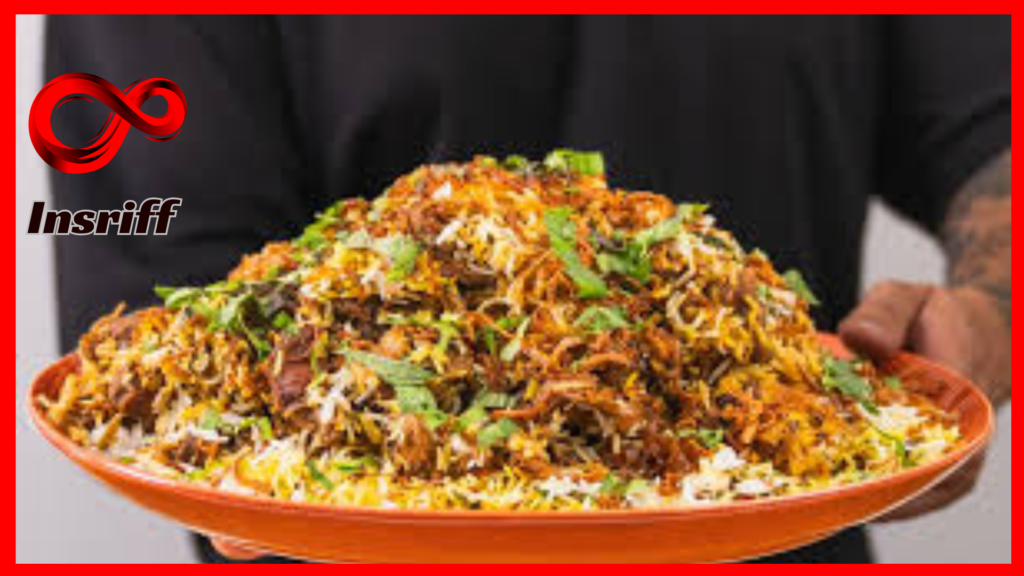
Biryani is indeed one of the most favourite dishes nationwide, cherished for its rich flavors and aromatic spices. It features tender meat or vegetables layered with fragrant basmati rice.
Each region in Pakistan has its unique variation with different ingredients, spices and cooking methods. Karachi, Sindhi, Hyderabadi and Lahore biryani are some of the most famous versions. The chef often enhances its visual appeal by adding food coloring to some rice, resulting in distinctive shades of yellow and orange.
Biryani is a national dish that you mostly eat at special occasions and celebrations such as weddings and family gatherings. Its festive nature and ability to feed a large number of people make it a popular choice for communal meals and feasts.
Nihari

The Arabic word “Nahar” (meaning “Daybreak”) is the root of the word “Nihari.” It is a traditional Pakistani dish that has been passed down through the generations. Its melt-in-mouth texture and cultural significance attract everyone, enticing them to enchant their taste buds.
Nihari is also famous as a national breakfast meal among Pakistanis and serves as a special treat on the weekends. It is made by slow-cooking for a few hours, which lets the meat absorb the flavorful spices and develop the flavors.
It was first made using beef shank, but chefs have successfully produced a number of variations by using lamb, mutton and chicken in its place. Additionally popular and regarded as a delicacy are the addition of maghaz (brain) and nalli (bone marrow).
Chicken Karahi
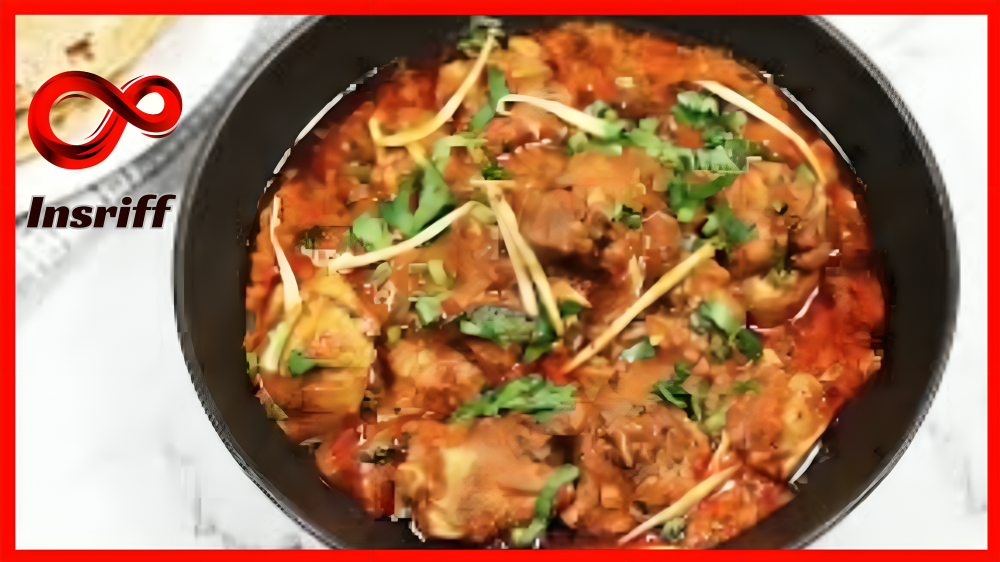
In Punjabi cuisine, particularly in Lahore, chicken karahi reigns as a favorite. It is cooked in a wok-like, cast-iron pan, reason called Karahi. Usually served hot with toppings of sliced green chillies and fresh cilantro leaves. It is often accompanied by khameeri roti or naan.
Squeezing a bit of lemon juice over the dish just before serving enhances its flavor. It is the compulsory dish on the menu of every restaurant in Pakistan.
Halwa Puri
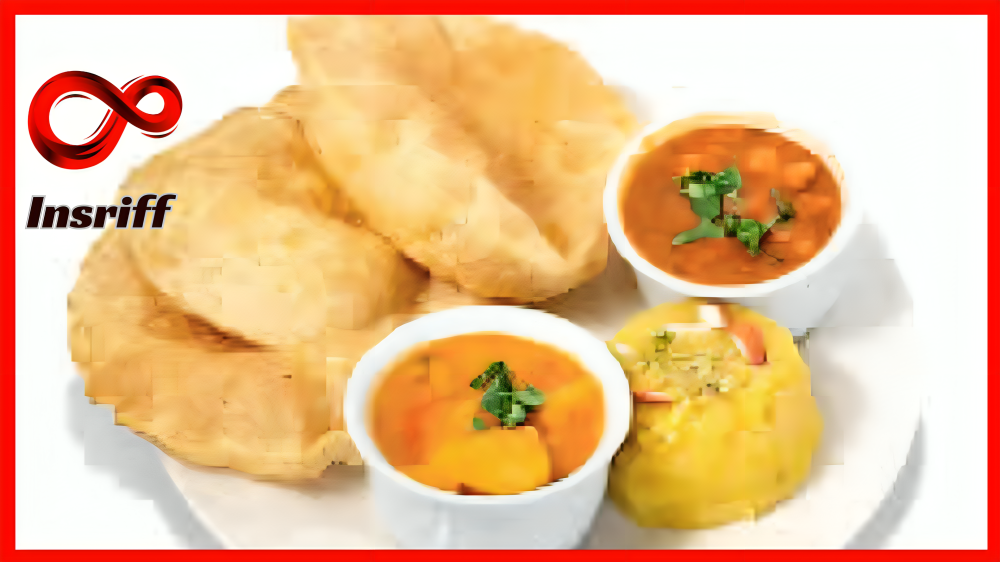
In Lahore, especially on the weekends breakfast is incomplete without Halwa Puri. It’s a delectable blend of fluffy, deep-fried bread (puri) paired with a sweet dessert (halwa) and a zesty chickpea curry.
Picture yourself in the morning with a bowl of warm halwa and some freshly fried, golden, crispy puris that are ready to eat. That’s what makes halwa puri a classic Pakistani breakfast (nashta), so comforting and delicious.
Chapli Kabab

There’s a sizzle in the air, carrying the aroma of spices from a hot grill, while perfectly cooked, juicy patties tantalize the eyes. This is the secret behind the delicious speciality known as chapli kabab, originating from the Pashtun region of Pakistan.
These kababs are unique, made with tender minced meat (beef or lamb) mixed with finely chopped onions, tomatoes, green chillies and spices that vary from chef to chef.
If you visit Peshawar in KPK, you must try chapli kabab. It is not just about the taste; it’s a cultural experience and a traditional dish of Pakhtuns.
Haleem
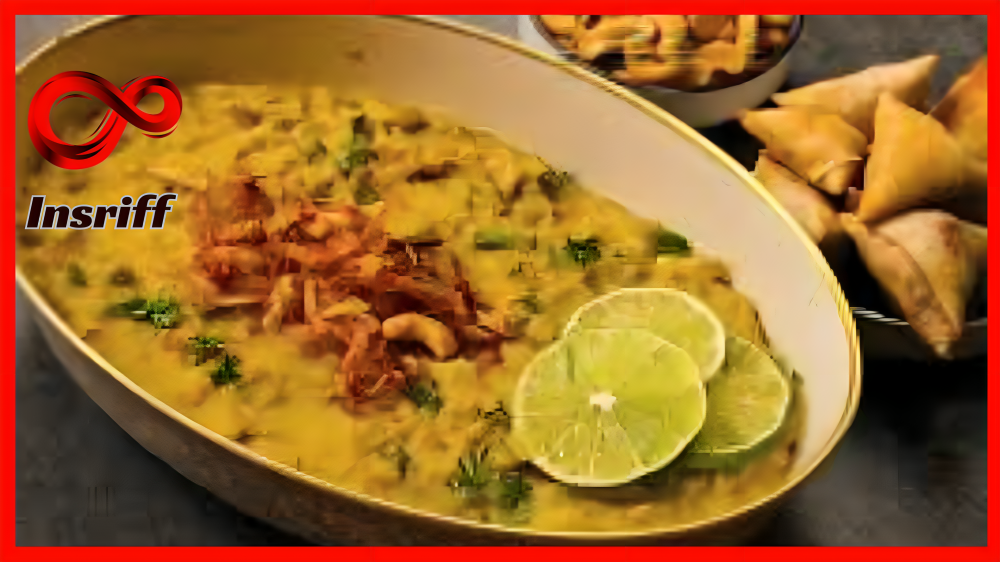
In Pakistan, haleem is a festive dish that is usually eaten during special occasions or religious festivals. It pairs well with naan or other breads because of its acidic and sour flavor.
Wheat, barley, lentils, and meat (typically chicken or beef) are among its ingredients. After being simmered for hours, they mix to create a rich, creamy consistency.
South Asian and Middle Eastern culinary cultures greatly value Haleem. It requires patience and skill to prepare, usually cooked in large quantities. Therefore, the specially topped with crispy fried onions, fresh herbs, and a splash of lemon juice, invites you to slow down and enjoy every mouthful.
Saagh

Saagh is a favorite dish in Punjabi culture throughout Pakistan. It combines spinach, mustard greens, or other leafy vegetables cooked with fragrant seasonings until it reaches a soft, smooth texture.
Saagh is typically served with Makai ki roti in rural areas throughout the winter. It is a traditional dish that showcases the regional cuisine.
Sajji

Originally from Balochistan, Sajji is a dish consumed countrywide and often referred to as the national food of Pakistan. It is also known as Balochi sajji. The artful presentation enhances its appeal to grill-masters.
While it can feature various types of meat like beef, mutton or lamb, chicken sajji is the most popular.
What sets sajji apart is its unique preparation method. Marinated meat is skewered and slow-roasted over an open flame or in a clay oven called a tandoor. Moreover, It is always served with cooked rice. This process imparts a smoky flavor and juicy meat bursting with flavor. The seasoning is minimal and adjusted according to regional preferences.
Zarda

Zarda is a typical Pakistani delicacy, gets its name from the Urdu word ‘Zard,’ which means yellow. This fragrant rice dish ( Meethay Chawal) is a feast for both the eyes and palate, commonly graces festive occasions. It is known as the national dessert, often adorned with a variety of toppings like slivered almonds, pistachios, raisins and dried fruits. While it usually has a yellow or orange hue but in some areas, people enhance its appearance with various food colors.
Lassi
After enjoying heavy meals, one would appreciate the refreshing tradition of lassi. It is a yogurt-based beverage that is often taken after breakfast, at noon, or at any time.
In addition to its delicious taste, lassi has many health benefits. It is rich in vitamins, minerals, and probiotics which aid in digestion and support gut health.
The two most popular forms of this Pakistani national drink are namkeen lassi and meethi lassi. For generations, people have savored this refreshing beverage especially on hot summer days or to go with spicy dishes.
Conclusion:
Pakistani traditional cuisine also presents a perfect fusion of flavorful spices and diverse cooking styles. Renowned globally for their rich tastes and cultural significance, these culinary delights shine at religious festivals and gatherings alike. Each dish delivers a delightful experience, actively captivating palates and leaves a lasting impression on those who indulge in its flavors.


